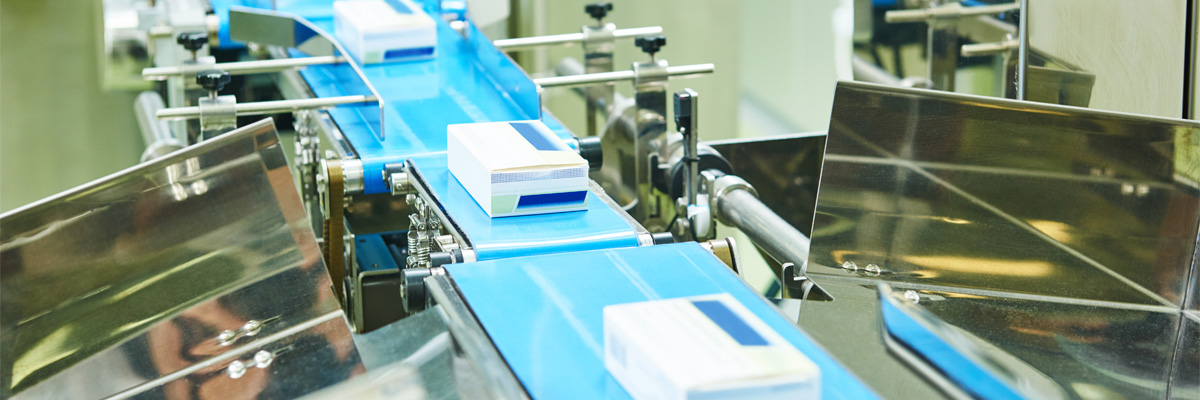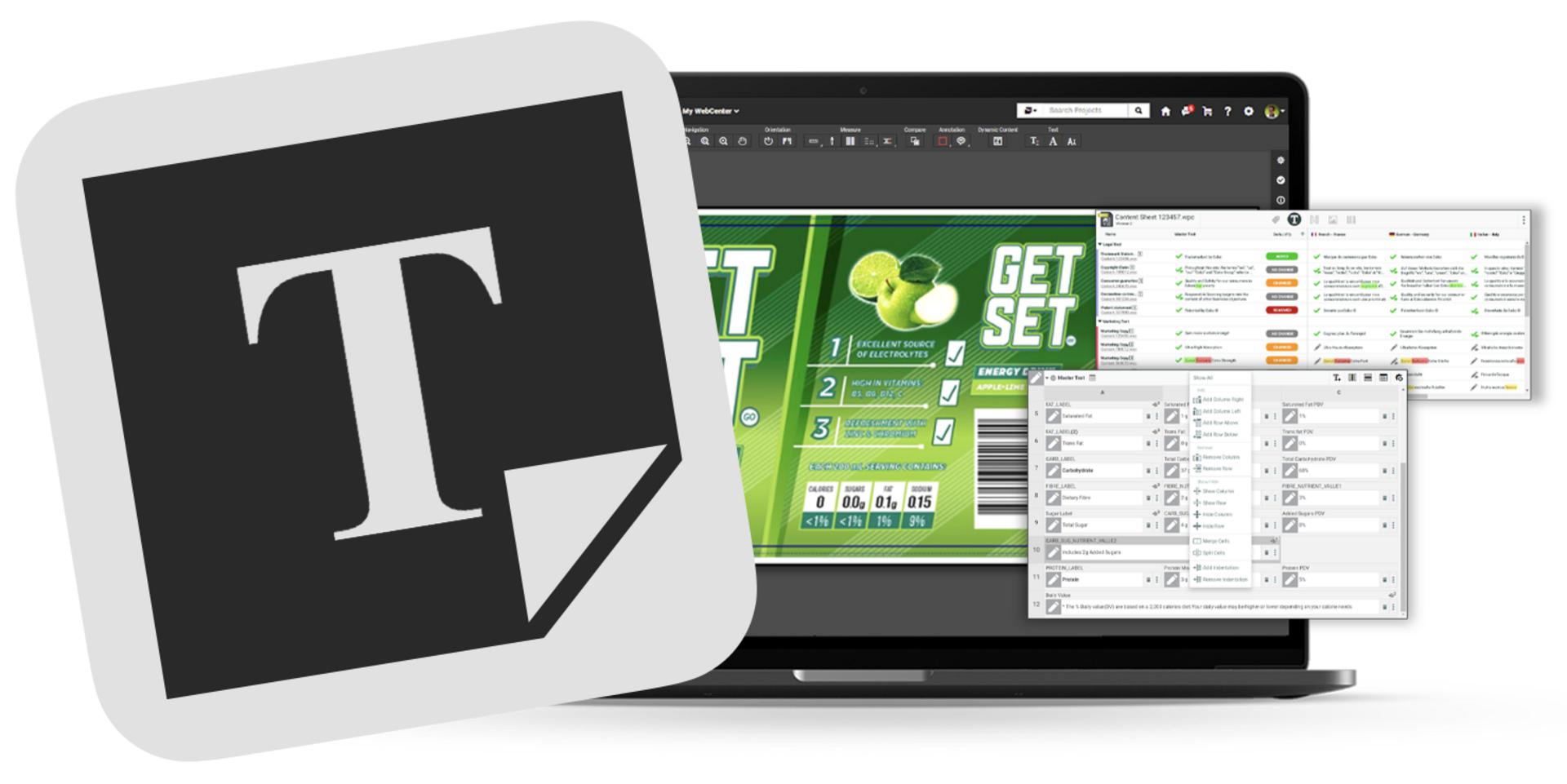To lessen the burden of spending significant time indoors, many people have adopted pets for company and comfort. More time at home is the perfect scenario for people to adopt, train, and care for new pets. It’s estimated there are now 7.5 million cats and 9 million dogs kept as pets in the UK alone, according to Enterprise Times, citing a recent survey by the Pet Food Manufacturers Association (PFMA).
The rise in pet ownership has increased the demand for pet-related products, especially pet food. The pet food industry is one of the few that have seen growth during the pandemic. E-commerce has played a major role in generating revenues and has had a significant impact on consumer and packaging trends. Here’s what pet owners and brands can expect in 2021.
The Pet Food Industry by the Numbers
The pet food industry is composed of several manufactured products. Treats, dry pet food, wet pet food, soft-moist pet food, and soft-dry pet food make up a significant part of the industry. In 2019, global pet food sales reached $93.9 billion.
A little over a third of this amount was for pet food and treats. Many of these products were sold via e-commerce.
Online pet retailer Chewy experienced significant growth in 2020, seeing a 47% revenue increase in the second quarter of their 2020 fiscal year alone. The numbers say it loud and clear – while other industries have had to slow or stop business, the pet food industry continues to trend upward in growth.
Achieving expansion and growth is not without its complications. The pet food market is crowded, and consumer behaviors are both fluctuating and fickle. Vendors must incorporate the latest trends to keep up with the competition. Innovation = sales success.
E-Commerce Surges
E-commerce, in general, was the rising star before COVID-19. However, as is obvious by now, it has soared to levels previously unanticipated with the pandemic’s arrival. In 2019, e-commerce sales were 30% higher than in 2018, according to Pet Food Processing, citing Euromonitor International.
Specifically, in online pet food sales, it’s estimated that 35% of all pet product sales will be completed online by the end of 2024. Amazon sales of pet food were up by 45% in the first half of 2020 compared to 2019.
The popularity of owning a pet in millennials is one of the reasons for significant growth. This very specific group of shoppers tends to live online through various platforms, and this extends into the way they shop.
Additionally, millennials are heavy users of social media, and pets are very Instagrammable. Many millennial pet owners create Instagram accounts for their pets or feature them on their own pages.
As owning a pet becomes popular, the industry continues to grow. Pet food sales account for about 10% of online sales, or $10 billion, according to Pet Food Industry. This amount is projected to reach $15.5 billion in 2025, according to IBISWorld (Pet Food Industry).
Clearly, companies should be thinking strategically about how to capitalize on the growth in online pet food sales.
How Pet Companies Can Keep Up
Competition in the pet food industry is fierce.
The data indicates big brands and retailers, such as Amazon and Purina, have an advantage because they have the distribution channels and systems in place to manage orders and meet shoppers where they are – which is online.
Smaller retailers may have a harder time implementing systems to manage and send orders to consumers.
A brand needs effective digital solutions in order to execute e-commerce expansion. Consumers are more likely to engage on multiple platforms if the brand has an active omnichannel presence.
Digital maturity goes hand-in-hand with performance.
Successful project management means greater efficiency, faster time to market, and outperforming the competition. Increased online presence improves customer experience and strengthens brand loyalty.
https://www.youtube.com/embed/wykixBezYM4
Pets Are People Too
Personalization and personification are noteworthy trends in pet food products.
Personification can best be described as the attribution of human-like qualities to something that is nonhuman. People treat their pets like cherished family members. They share in our daily habits such as sleeping in beds and eating human-like food.
Pet owners want the same level of health and wellness, freshness, and sustainability for their pets as they are afforded themselves.
Arcana serves as a good example of this trend. Pet owners can personalize the recipe of their pet’s food according to specific information such as pet age, allergies, and other preferences (Enterprise Times).
This kind of personalization creates an emotional connection among the consumer, their pet, and the brand or manufacturer.
The Golden Rules for Pet Food
Food regulations are constantly changing and evolving. Stricter food regulations mean healthier and better-quality food.
The demand is the same for pet food. Health and wellness, especially after 2020, is already a primary focus in human life.
Transparency and traceability of pet food ingredients is of heightened concern to owners who strive to keep their pets healthy. They want to know where the ingredients are from, if they were sourced ethically, and if they’re sustainable.
According to Food Engineering, 75% of consumers value more sustainable products. The increased interest and knowledge regarding food science means consumers are more informed about what’s really in their pet’s food.
This has led to companies producing fresh, high quality, and premium ingredients. As a result, there are more premium brands prioritizing sustainability to meet consumers’ desires.
What Does This Mean for Packaging?
E-commerce, rising trends, and shifting consumer behaviors and desires have all led to new packaging developments.
Brands wanting to be on the cutting edge are not only incorporating a digital strategy, but altering the physical packages received by consumers via omnichannel platforms. For example, brands might differentiate themselves with convenient, functional features. In our fast-paced world, the more convenient something is the more desirable it becomes. This is demonstrated in handles on pet food containers and resealable package zippers to keep food fresh.
Pet owners also expect to be able to trust labels on pet food packaging. When it comes to transparency, it’s not enough to tell your audience the origin of the pet food ingredients. The ingredients must be sustainable and ethically sourced. In turn, packaging material should be environmentally friendly. How consumers perceive and interact with brands starts with packaging. They care about reducing waste and sustainability. This is even more true among millennials.
Consumers desire nothing but the best for their furry friends, from the ingredients to the sustainability and functionality of the packaging itself. The pet food industry has been growing for quite some time, and notwithstanding the pandemic, it shows no signs of stopping.
E-commerce and sustainability will continue to drive new demands.
Consumers have undisputedly changed their purchasing behavior and brands need to evolve with them. Technology is the solution to staying ahead of this evolution.
Creativity and innovation are essential in capturing consumer interest and loyalty, and fully understanding what truly drives that loyalty is paramount. Brands cognizant of the latest trends and consumer desires will rise above the rest in 2021.










